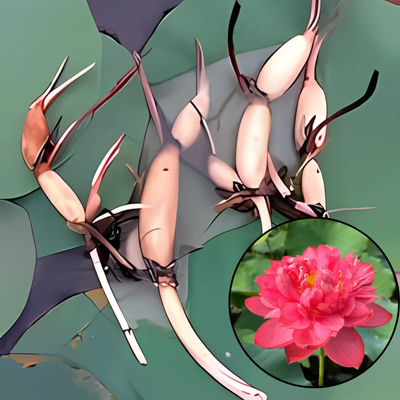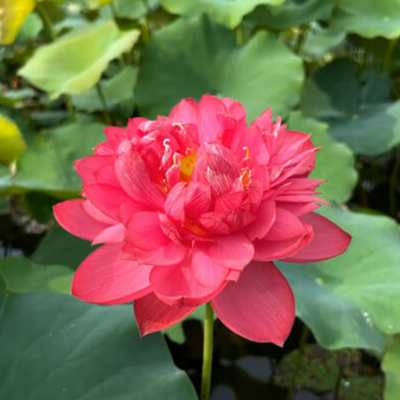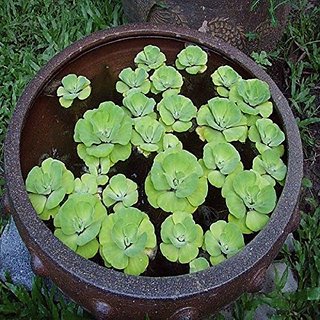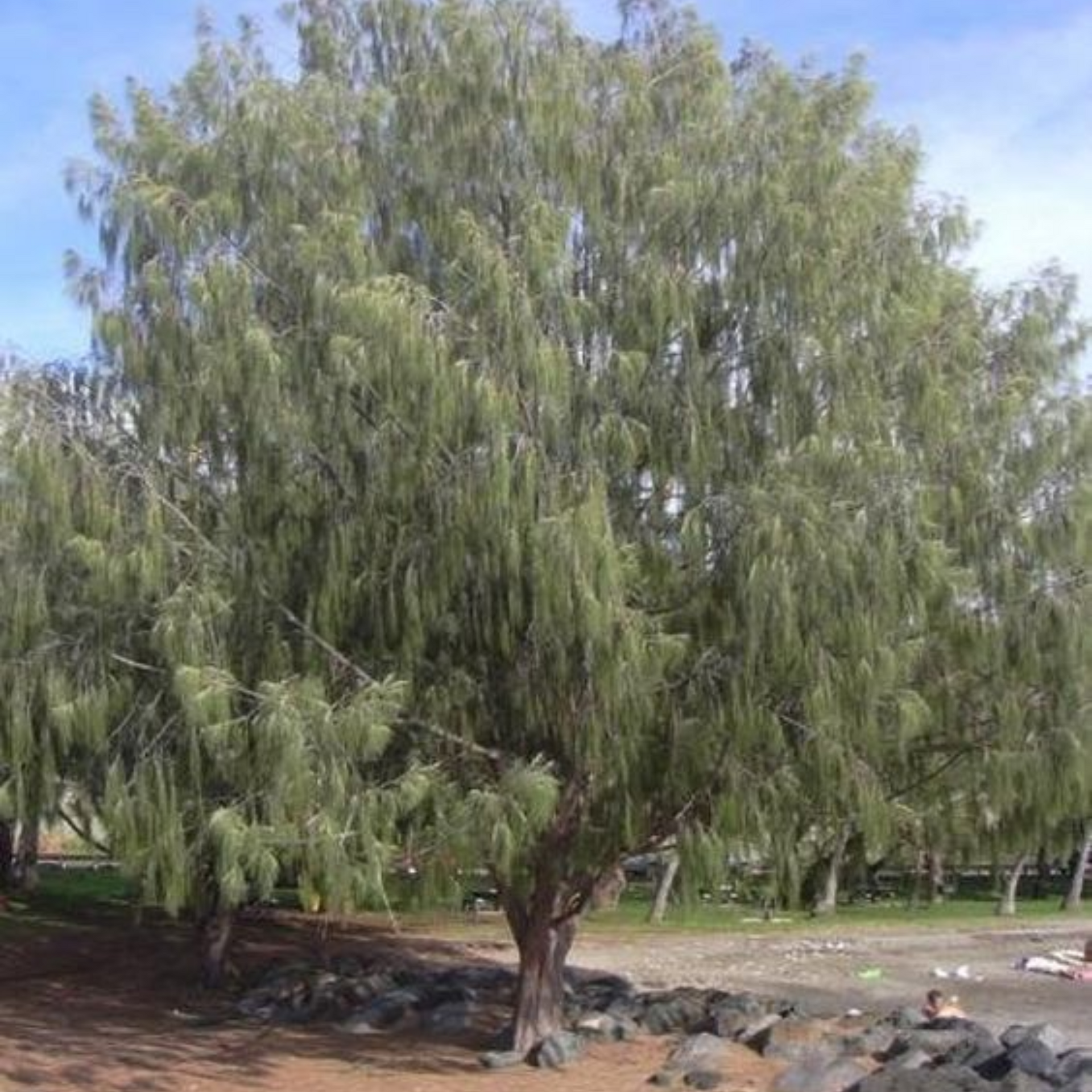
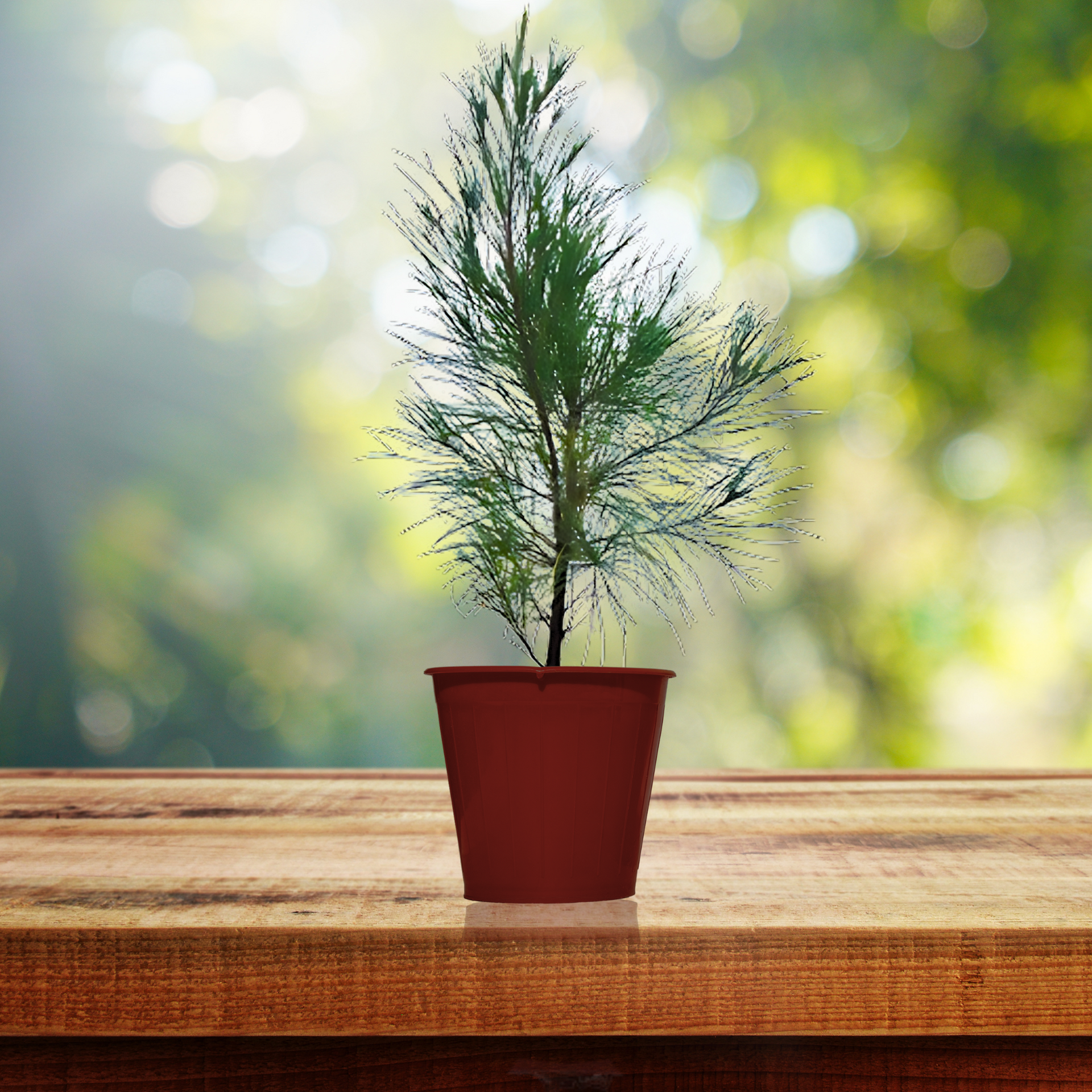
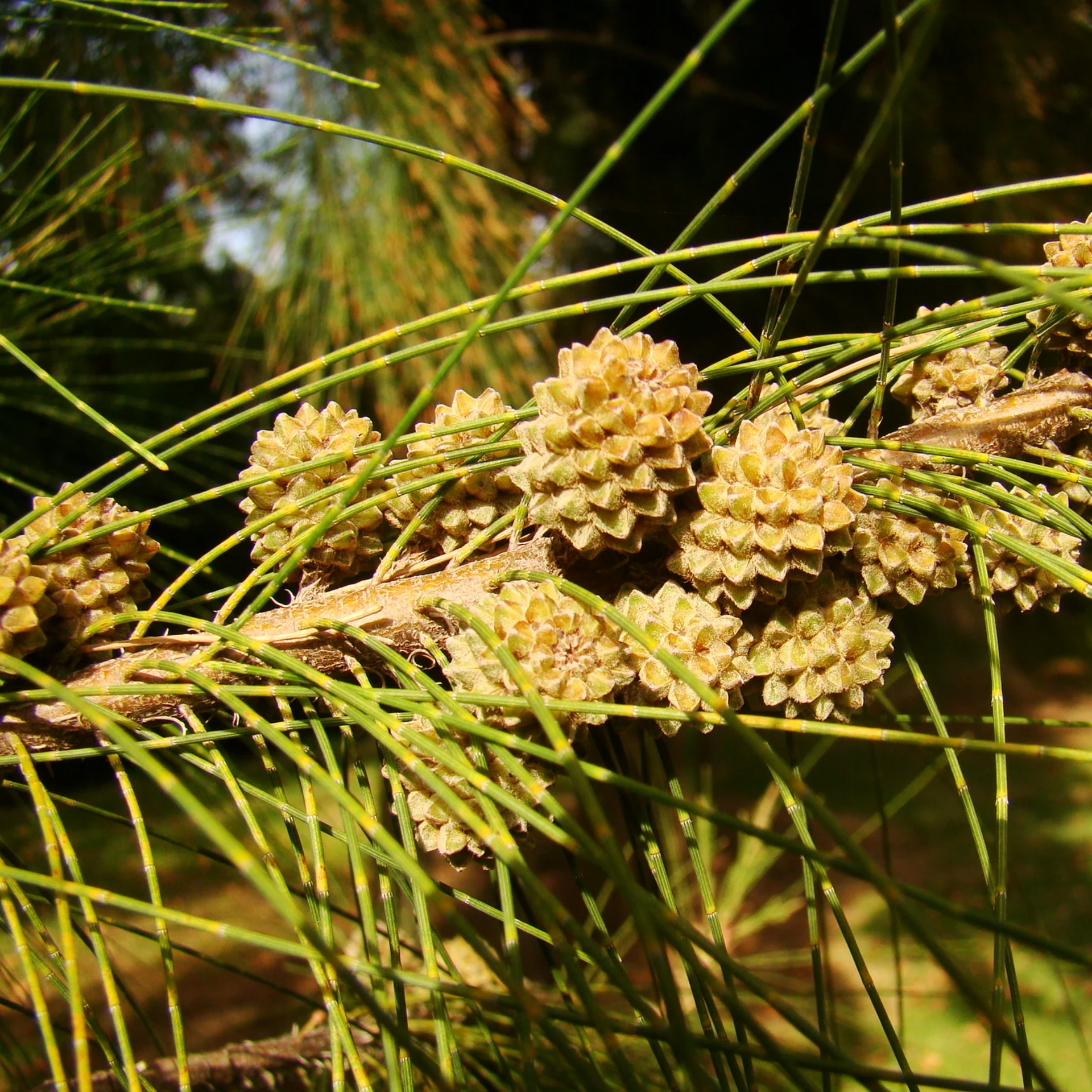
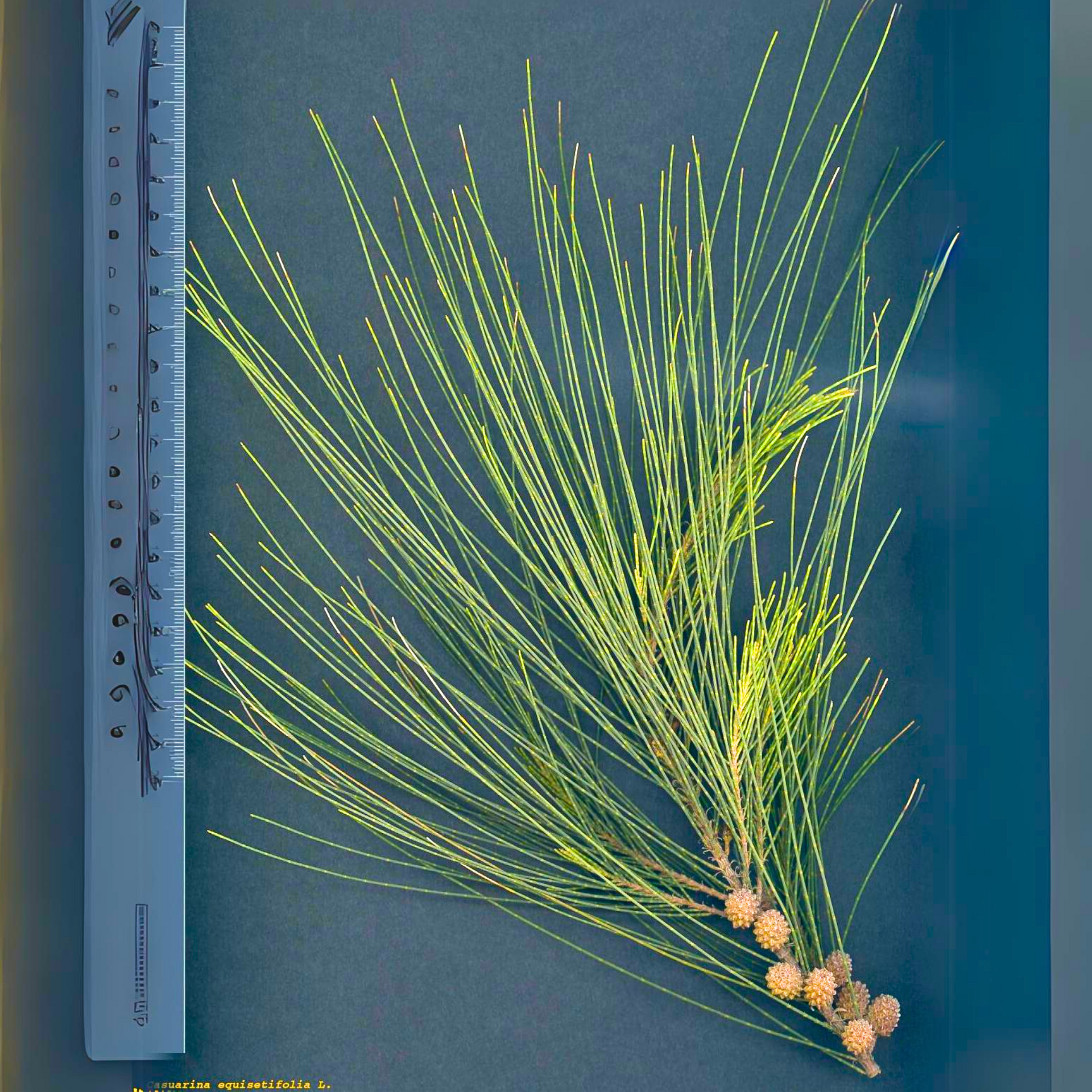
Green Paradise® Casuarina equisetifolia plant
Guaranteed Safe Checkout
Green Paradise® Casuarina equisetifolia
Plant
Welcome to Green Paradise®, where nature meets beauty and sustainability. Introducing our exquisite Casuarina equisetifolia plant, a testament to elegance and environmental harmony. As you delve into the verdant world of Green Paradise®, prepare to be captivated by the allure of this majestic specimen.
Key Features:
Graceful Aesthetics:
The Casuarina equisetifolia, also known as the Australian Pine, boasts delicate foliage reminiscent of cascading green needles, lending a touch of natural elegance to any landscape.
Drought Tolerance:
Thriving in arid conditions, this resilient plant is a beacon of sustainability, requiring minimal water once established, making it an ideal choice for water-wise gardening.
Fast Growth:
Experience rapid growth rates with our Casuarina equisetifolia, transforming your outdoor space into a lush oasis in no time. Witness the beauty of nature unfold before your eyes with this vigorous cultivar.
Wind Resistance:
With its sturdy constitution and flexible branches, this plant withstands coastal winds effortlessly, making it a perfect choice for seaside landscapes and coastal gardens.
Low Maintenance:
Enjoy hassle-free gardening with our Casuarina equisetifolia, requiring little to no pruning or special care. Sit back and relax as this resilient beauty flourishes with minimal intervention.
Benefits:
Natural Screening:
Create privacy and seclusion with the dense foliage of the Casuarina equisetifolia, shielding your outdoor sanctuary from prying eyes while enhancing the ambiance of your surroundings.
Wildlife Habitat:
Foster biodiversity and ecological balance with this native plant, attracting a myriad of birds and wildlife to your garden, enriching your outdoor experience with their presence.
Erosion Control:
Combat soil erosion and stabilize slopes with the extensive root system of the Casuarina equisetifolia, safeguarding the integrity of your landscape while preserving its natural beauty.
Air Purification:
Purify the air around you with the oxygen-producing capabilities of this green marvel, promoting a healthier environment for you and your loved ones to enjoy.
Aesthetic Appeal:
Elevate the visual appeal of your garden or landscape design with the distinctive form and texture of the Casuarina equisetifolia, adding a touch of sophistication to any outdoor setting.
Green Paradise® Quality Assurance:
Rest assured, our Casuarina equisetifolia plants are meticulously nurtured and hand-selected to meet the highest standards of quality and vitality, ensuring your complete satisfaction.
Sustainable Landscaping Solutions:
Embrace sustainability with Green Paradise®, as our eco-friendly practices and commitment to environmental stewardship pave the way for a greener future, one plant at a time.
Expert Growing and Caring Tips:
With every purchase of a Green Paradise® Casuarina equisetifolia plant, you gain access to our comprehensive growing and caring tips, empowering you to nurture your green investment with confidence and expertise.
Growing and Caring Tips:
Location: Plant your Casuarina equisetifolia in a sunny spot with well-draining soil, ensuring adequate air circulation around the plant for optimal growth.
Watering: While establishing, water your plant regularly to encourage root development. After the soil is established, water it less frequently, letting it dry out in between.
Pruning: Minimal pruning is required for maintenance; however, you may trim back any dead or damaged branches as needed to promote healthy growth and shape the plant to your desired aesthetic.
Fertilization: Apply a balanced fertilizer during the growing season to provide essential nutrients for vigorous growth and vibrant foliage.
Protection: Protect young plants from frost during the colder months, covering them with a frost cloth or moving them to a sheltered location to prevent damage.
Indulge in the splendor of nature with Green Paradise® Casuarina equisetifolia plant, a botanical masterpiece that transcends time and trends, enriching your outdoor space with unparalleled beauty and vitality. Elevate your garden to new heights with this enchanting addition, and embark on a journey of horticultural bliss with Green Paradise®.

